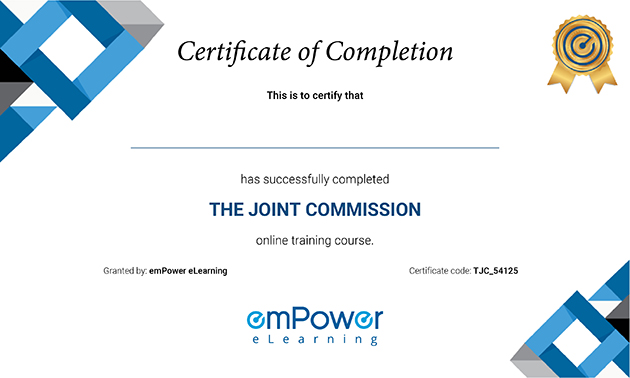Empower Safety: Master Personal Protective Equipment (PPE) with Our Training Course
Personal Protective Equipment Course: Learn Essential Safety Skills for Your Protection and Others

Our Client

































What is Personal Protective Equipment (PPE) Training Course
Enrolling in the Personal Protective Equipment (PPE) course is essential to safeguard yourself and your co-workers from workplace injuries and illnesses caused by chemical or biological hazards. Our comprehensive curriculum covers everything you need to know about PPE.
As you go through the course, we’ll see why using PPE is so important. We’ll explore the regulatory requirements, hazard assessment and walk-through surveys. These are crucial steps in determining the right personal protective equipment for you and your co-workers. Proper training for PPE usage is another key aspect we cover.
The Personal Protective Equipment course details various PPE types, such as eye and face protection, respirators, and full-body coverage. We’ll cover everything from gowns, aprons, and foot and leg protection. Additionally, we emphasize hand hygiene, personal decontamination, and the correct disposal methods for PPE.
By completing this comprehensive program, you’ll be equipped with the knowledge and skills to safeguard yourself and others from workplace risks effectively.
Course Description
| Category | The Joint Commission |
| Course Name | Personal Protective Equipment (PPE) |
| Duration | 30 mins |
| Certificate Included | Yes |
| Languages | English |
| Course Type | Interactive online training |
| Narration | Yes |
| Format | LM-light, SCORM 1.2 |
| Supported Devices | Desktop/Laptop, Tablet, Phone |
| Last Updated | June 30, 2021 |
What you’ll learn
- Personal Protective Equipment (PPE) Defined
- The Significance of PPE in the Workplace
- Exploring Hazard Assessment and Walk-Through Surveys
- Choosing the Right PPE
- Different Types of PPE and Proper Usage
- Safe Disposal of PPE
Curriculum
- Introduction to the personal protective equipment course
- Definition of personal protective equipment
- PPE and regulatory requirements
- Hazard assessment
- Walk-through survey
- Selection of PPE
- Training for proper use of PPE
- Types of PPE
- Eye and face protection
- Types of Eye and face protection
- Goggles and face shields
- Masks and safety glasses
- Respiratory protection
- Types of respirators
- Respiratory masks
- How to use respirators
- Hand and arm protection
- PPE Gloves
- PPE Gowns
- Head protection
- Foot and leg protection
- PPE Shoes
- Hearing protection
- Ear plugs and ear muffs
- Body protection
- Aprons and gowns
- Types of gowns used in patient care
- Let’s revisit what we studied so far…
- Hand hygiene
- Personal decontamination
- Disposal of PPE
- Handling of contaminated PPE
- Safety and health guidelines
Who Should Attend?
- Healthcare Professionals
- Construction Workers
- Industrial Workers
- Laboratory Personnel
- Emergency Responders
- Environmental Workers
- Any Worker in Hazardous Environments
Why emPower
100s of customers
- 14+ Years of experience in working with small to large businesses from different industries
- 95% customer retention
Customer Experience
- 24x7 dedicated support and toll free number
- 99%+ guaranteed uptime
Extremely Cost-effective
- As low as $0.99/user/yr
- We will match or better the price of your current LMS
Effective Courses
- Each course is 20-40 min long to ensure engagement with quizzes and certificate
- SCORM 1.2 Compliant
Implementation
- No setup costs
- We deploy your customized solution in less than 48 hours
Our Achievements
Here you can review some statistics about our Education Center
Related Courses
Start Your Certification Course Today
PPE training should cover the proper selection, usage, maintenance, and disposal of personal protective equipment to ensure worker safety in specific workplace environments and tasks.
Yes, PPE often needs certification to ensure it meets safety standards. Certification indicates that the equipment has undergone testing and complies with regulations, assuring its effectiveness in protecting users.
All employees who may be exposed to workplace hazards requiring PPE should receive training. This includes healthcare workers, construction personnel, industrial workers, and anyone facing specific workplace risks.
PPE training is essential to ensure that individuals understand how to properly select, use, maintain, and dispose of personal protective equipment. This knowledge is crucial for their safety and the prevention of workplace injuries or illnesses.
Personal Protective Equipment (PPE) offers crucial benefits: 1) Shields against workplace hazards, 2) Enhances safety, 3) Reduces injury risks, 4) Ensures compliance with regulations, and 5) Provides peace of mind.

